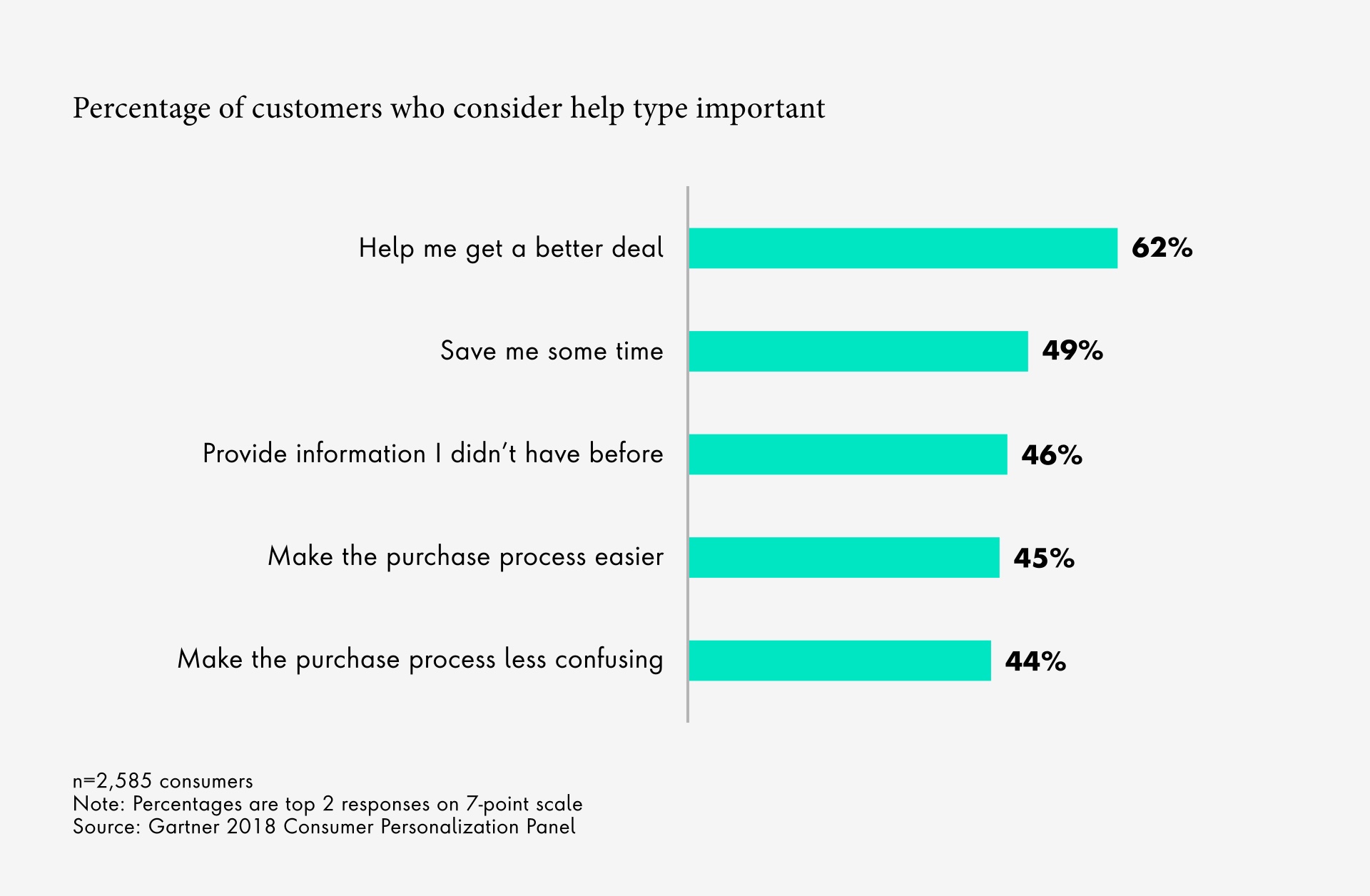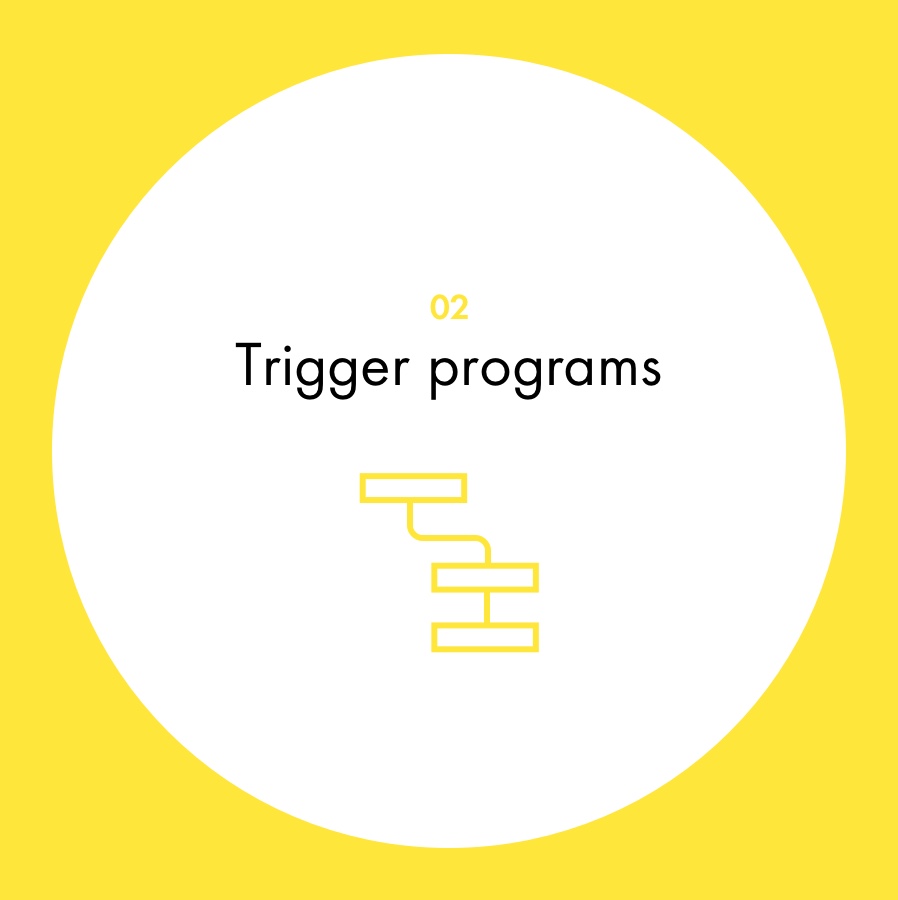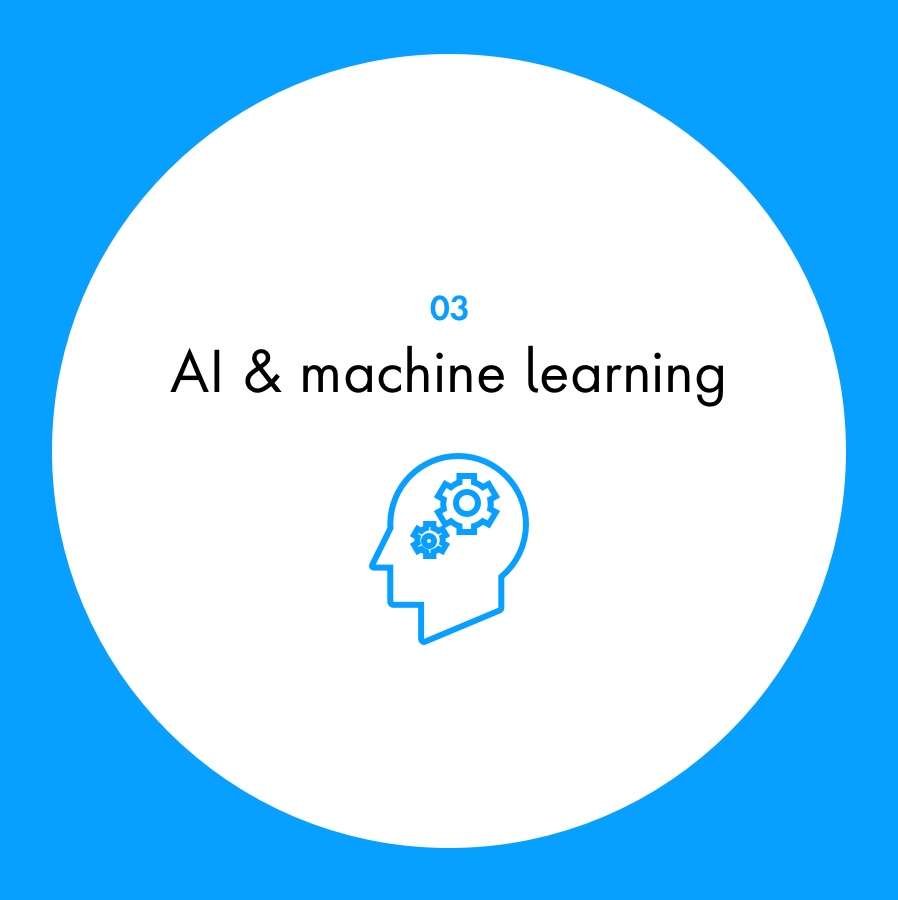The building blocks of personalization at scale
To get started with AI-driven personalization, you will need to put several technical components in place. The good news is that most organizations have already made many of these investments. In fact, they are the same pieces needed to create and distribute digital content to customers. They include:
Data collection
It all starts with collecting and managing good customer data, such as historical transactions, marketing data and click-stream analytics data from web and mobile.
Content pipeline
Personalization at scale assumes a fast content pipeline is in place. This includes content management systems’ quality control and reuse, as well as a tagging and instrumenting process.
Marketing and e-commerce delivery systems
How you reach your customers is key and involves software tools for delivering marketing content, orchestrating customer journeys, segmenting audiences, A/B testing and tracking results.
The final piece needed is the infrastructure for model training and deployment. This new addition into the technology stack allows data scientists to create the AI and ML models necessary for accurate predictions. These models generate insights about customers that can be fed into marketing and content delivery systems to create unparalleled customer experiences.
As trends, personalization and customization aren’t necessarily new. But the ability to do so at scale—holistically and cost-effectively—can only be achieved through AI and ML. By leveraging custom-built machine learning models, you can make the most accurate predictions possible about customer behavior—and deliver experiences that are timely, relevant and compelling.















